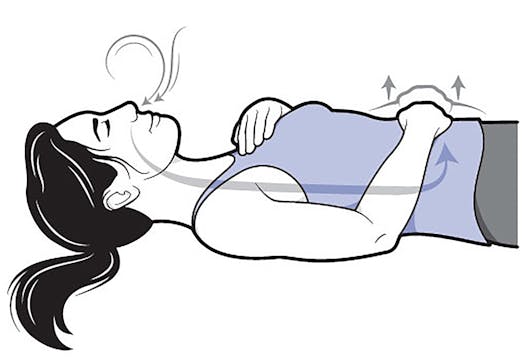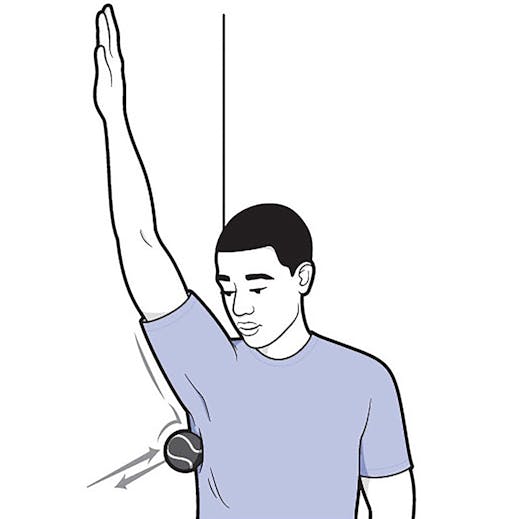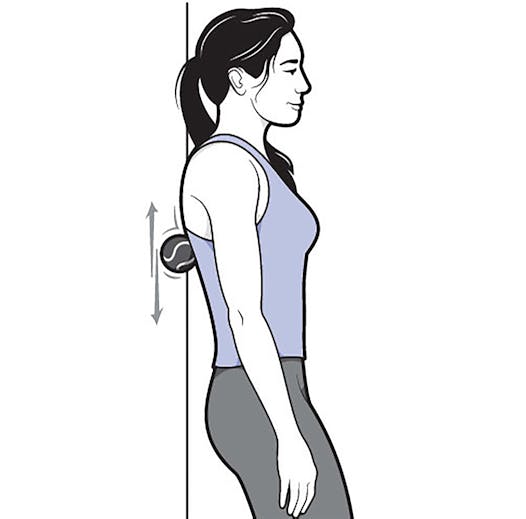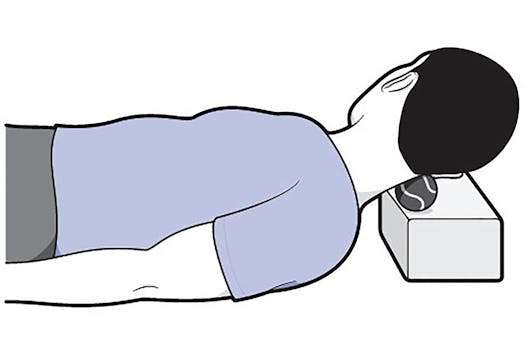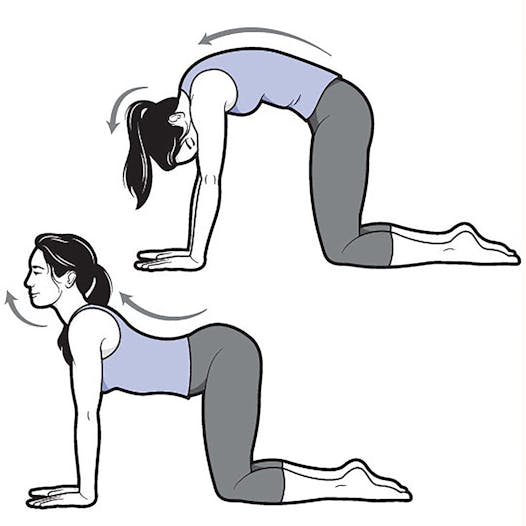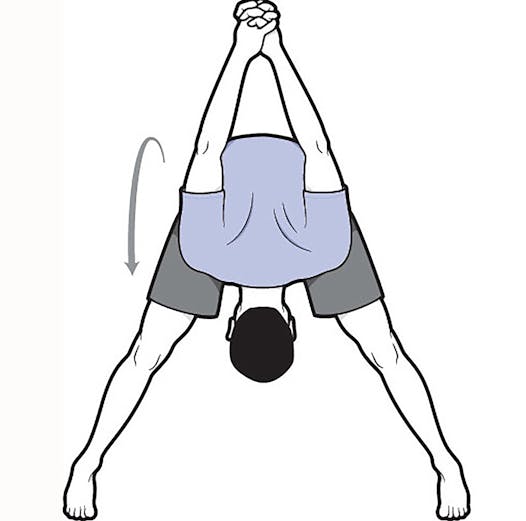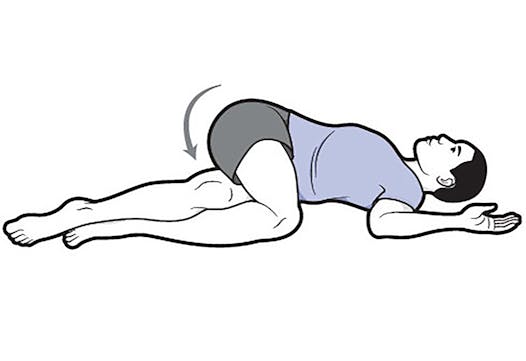Breathe. We do it roughly 25,000 times a day, but until recently few of us gave much thought to this automatic bodily function.
"If there's some good to come out of COVID-19, it's that people are paying more attention to how they're breathing," said James Nestor, author of "Breath: The New Science of a Lost Art." "You can't be truly healthy unless you're breathing correctly."
Research shows that changing the way we breathe can influence weight, athletic performance, allergies, asthma, snoring, mood, stress, focus and so much more. You can learn to breathe better by following these exercises.
Congestion clearing
An exercise in "The Oxygen Advantage," by Patrick McKeown, can help decongest the nose: Sit up straight, gently inhale and exhale through the nose, then pinch both nostrils shut. Shake your head up and down or from side to side until you feel the need to breathe. Take a slow breath in through the nose, or through pursed lips if the nose is still congested. Breathe calmly for 30 seconds to a minute and repeat five more times.
Belly breathing
Lie flat on your back with your knees bent. Place one hand on your chest and the other on your belly just below your rib cage. Breathe in slowly through the nose so your stomach expands against your hand. The hand on your chest should not move. Slowly exhale through the nose or pursed lips and feel the belly move down to its original position. Repeat for five to 10 minutes. As you get more comfortable with the technique, practice sitting or standing.
Pectoral roll
Stand facing a wall and place the ball under your collarbone at the sternum. Lean against the wall and slowly roll the ball back and forth, side to side, along the valley below your clavicle several times. Repeat on the other side of your chest.
Intercostal roll
Standing with your side to the wall, raise the arm closest to the wall overhead and place the palm on the wall. Put the ball under the armpit at the top of your ribs, lean into the wall, and gently rock back and forth. Lower the ball 1 inch and repeat. Continue down your side, massaging the intercostal muscles between your ribs, until you reach your lower ribs. Repeat on the other side.
Upper back roll
Turn so your back faces the wall. Place the ball at the top of your trapezius, the upper back muscle, and lean into the wall. Gently roll the ball along the outer edge of the shoulder blade by bending and straightening the knees and then lifting and lowering the heels. Repeat on the other side.
Neck release
Come down onto your back with a yoga block or thick book under your head. Turn your head to the right and place the ball on your upper neck behind your ear. Take five deep breaths. Then gently nod three or four times, and shake your head three or four times. Switch sides.
Cat/cow
Come into a tabletop position on the floor, with hands under shoulders and knees under hips. As you inhale, drop the belly, press the chest forward and look up. Exhale, tuck the chin toward the chest and round the spine. Flow between these cow and cat yoga positions for three to five breaths, following your breath.
Wide-legged forward fold
Stand with your feet wider than hips distance, typically about 4 feet apart. Turn your toes in. Interlace your hands behind your back. Inhale, open the chest and bring the palms closer together. As you exhale, fold forward and allow your arms to hang overhead. If it's uncomfortable to hold your palms together, hold onto a towel or yoga strap. Stay here for five to 10 breaths.
Supine spinal twist
Lie on your back, hug your knees into your chest and take a few breaths. Then extend your arms out in opposite directions, making a T shape. As you exhale, lower your knees to the right, keeping both shoulder blades on the floor. You can deepen the twist by looking over your left shoulder. Take several breaths here, inhale and move the knees back to center, exhale and lower them to the left and take the twist in the other direction.
Singing, ceremonies and straw hats: Olympics opening ceremony in Tahiti centers Polynesian culture

Three 101-year-old friends recall fond memories in 1940s Alexandria
Celine Dion makes musical comeback at Paris Olympics with Eiffel Tower serenade

